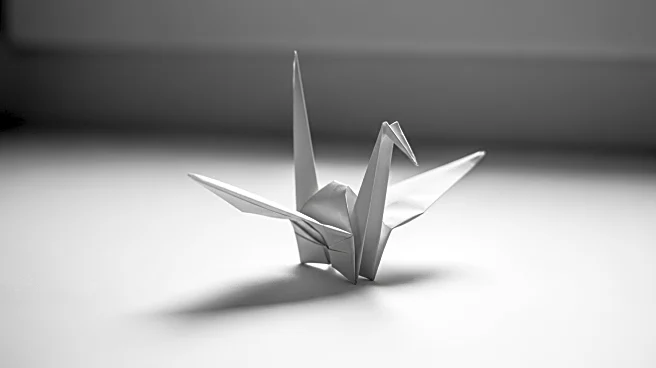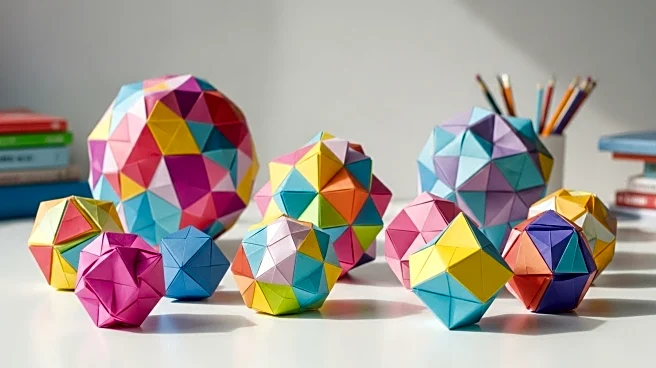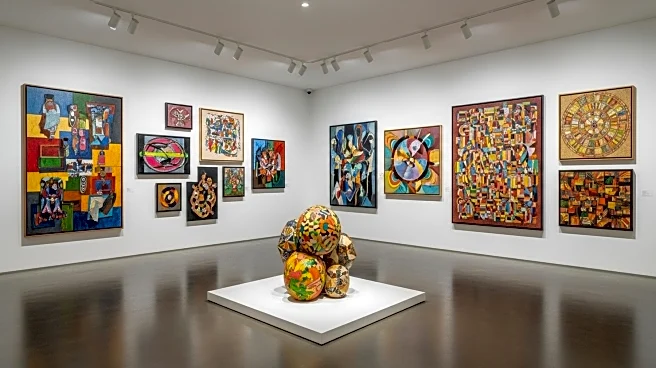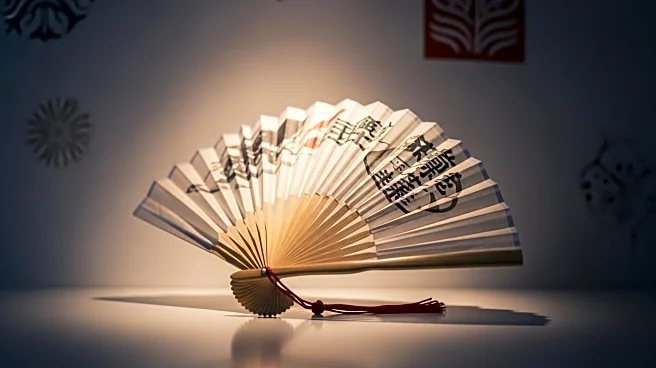Origami is the art of paper folding, traditionally associated with Japanese culture. It involves transforming a flat sheet of paper into a finished sculpture through folding techniques. The practice of origami is not only a form
of artistic expression but also serves educational purposes, particularly in teaching concepts of geometry and mathematics. Origami has evolved over time, with various styles and techniques being developed, including modular origami, which involves assembling multiple paper units into complex structures.
to the 17th century, although it became more popular in the 20th century. Traditional origami involves creating models without cutting or using glue, relying solely on folding techniques. The basic folds include valley and mountain folds, pleats, reverse folds, squash folds, and sinks.
first kindergarten in Japan, established in 1875, included origami in its curriculum. Origami Zusetsu, published in 1908, distinguished between ceremonial and recreational origami, highlighting its cultural significance.
polyhedral shapes and is often used in mathematical modeling. Modular origami can be less stable without adhesives, but it offers greater versatility in design.
fields, including mathematics, where it helps demonstrate properties of symmetry and geometry. It also has applications in engineering and design, where folding techniques are used to create efficient structures. The art form continues to evolve, with new styles and techniques being developed by artists and educators worldwide.

 Discover Daily
Discover Daily Origami: Core Facts and Notable Details
Do you find this article useful?










